Recreating the Country blog |
 From 'Two Worlds Colliding,' Csillag & Wainwright From 'Two Worlds Colliding,' Csillag & Wainwright In 1980, Michael Hutchence of INXS sang the haunting lyric ‘Two worlds collided,’ in the song ‘Never Tear Us Apart.’ If you're over 45 you can probably hear his words because ‘you were there.’ It seems that more than two worlds are colliding right now and Landcare’s ideals are right in the middle. 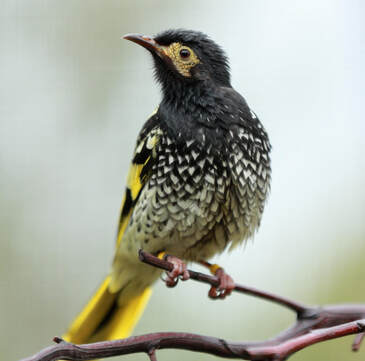 The Regent Honeyeater, Xanthomyza phrygia, once numerous along the east coast, now number only 300 birds. Photo Tim Van Leeuwen The Regent Honeyeater, Xanthomyza phrygia, once numerous along the east coast, now number only 300 birds. Photo Tim Van Leeuwen Conservation and commerce The world of commerce has been collided head-on with the world of conservation since Australia was first settled/invaded 250 years ago. Bearing witness to this is our extraordinary loss of native flora and fauna, that appears to have been accepted as an unavoidable cost of the ‘healthy’ economic growth of a new nation. PhD candidate Michelle Ward from Queensland University reminds us that we presently have 72 species of birds facing extinction. These include the Kangaroo Island Glossy Black Cockatoo, the Regent Honeyeater, and the Night Parrot which sadly has been reduced to only 150 birds. Hopefully, we can prevent the names of these species from being added to the 29 birds known to have been lost since 1788. It seems in the last two decades, governments at all levels have played down the urgency to protect our iconic plants and animals. The EPBC Act of 1999, Australia's main environmental law, has a woeful record of protecting our flora and fauna. As a conservationist, I’m hopeful that Labor’s new environment protection laws will have sharp enough teeth to prevent any further extinctions, as has been promised by the Minister for the Environment, Tanya Plibersek. At a state level, the Victorian Auditor General's Office produced a scathing report in October 2021 called ‘Protecting Victoria’s Biodiversity.’ It found that; ‘DELWP’s cost-benefit approach can also miss endangered threatened species at extreme risk of extinction. Further, DELWP continues to make limited use of available legislative tools to protect threatened species.’ Young Australians do have fair cause to criticise the seeming half-hearted efforts of older generations to protect our wildlife heritage. Please note: DWELP, The Department of Environment, Land, Water and Planning, is now DEECA, The Department of Energy, Environment and Climate Action. Hopefully this flags a change in focus.  Traditional Owner burning in Cape York. Photo Dale Smithyman Traditional Owner burning in Cape York. Photo Dale Smithyman Contemporary and Traditional The world of Traditional Owner land management practice has collided with the world of contemporary land management in our parks and reserves. They were poles apart until the Black Summer bushfires of 2019. Then everyone began remembering that wildfires were rare in this country before the first fleet arrived in 1788. With 75% of remnant vegetation sitting on private land, this collision of traditional and contemporary management practices has unearthed both an opportunity and a responsibility for all Australians. It’s time that we acknowledge that we have amongst us representatives of an ancient culture that successfully preserved our plants and animals for millennia. We could benefit immeasurably from adopting many of their traditional management practices and their traditional philosophies of animism and inclusive conservation. This is an urgent matter, because most of the remnant patches of native bush that support endangered wildlife are isolated and degraded. They no longer provide the complexity of habitat and the critical connections that wildlife need. The day-to-day management of private and public reserves needs to change to reflect the practices and knowledge gained over thousands of years by Traditional Owners. 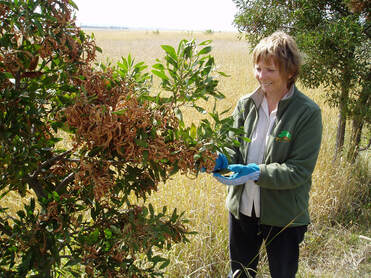 Harvesting Blackwood (Acacia melanoxylon) seed is easy safe work. It's currently valued at over $300/kg Harvesting Blackwood (Acacia melanoxylon) seed is easy safe work. It's currently valued at over $300/kg The need to make a connection Another aspect of this rural collision of worlds is landscape design and how we think about new plantations. For most of the history of revegetation on farms, plantations are seen as a backdrop to essential farm income-generating activities. There is an unspoken philosophy of plant and forget, with plantations being seen as little more than beneficial add-ons to boundary fences. Rarely do landowners spend much time in their plantations unless there is a problem to fix. Plantations on farms have the potential to be much more than windbreaks and shelter belts. They could protect biodiversity as well as be a dynamic source of food, medicines, timber products, cut flowers, seeds, essential oils and honey, just to name just a few potential harvests. First Australians managed their lands to provide their food and medicines. They knew their country intimately, they knew when and where to look for the resources they needed, they knew how to maintain them in good condition for future years and they knew how to keep their country safe from damaging wild-fires. They protected the natural resources because their future health and wellbeing depended on high levels of conservation. I can imagine a future Australia, where landowners follow this example and connect with plantations both practically and emotionally. They will harvest the products they need to feed their families, provide materials for the farm, and to generate an income. They will also enjoy the ambiance of the wild environment they have created and played a part in restoring. They will witness the return of plants, animals, and insects that help to maintain an ecological balance on the farm. They will live in much safer rural communities where fire is less of a summer threat. 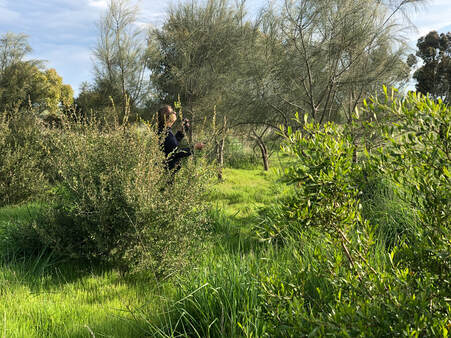 A deeper connection with the plants and animals in a diverse natural landscape will help support human mental health A deeper connection with the plants and animals in a diverse natural landscape will help support human mental health Plantations of the future These future plantations will need to be wider and may occupy as much as 30% of rural properties. They will be frequently visited for harvesting and maintenance, as well as for leisure. The benefits to human mental health through a closer connection with nature are well documented. Wider plantations are also better suited to the spiral foraging patterns of wildlife. The more protected shelter that they provide is critical to the survival of many iconic Australian animals facing extinction. This prospect offers a win-win, where we provide for our own needs and ensure the recovery of the flora and fauna that sustain our human lifestyles. A deeper connection with plants and animals in a diverse natural landscape will help support human health and provide Australian wildlife with a guaranteed future. We would become observers of the diverse evolving ecologies in our backyards, as more than two worlds collide. In the words of American philosopher Aldo Leopold; ‘When we see land as a community to which we belong, we may begin to use it with love and respect.’ How do we replant and restore the complex and interactive natural landscapes that wildlife need? Advertising alert! 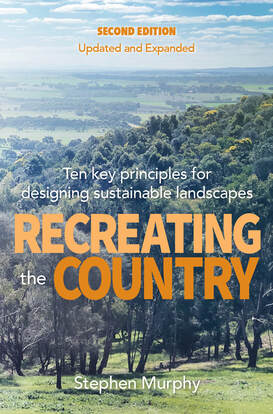 'Recreating the Country - Ten key principles for designing sustainable landscapes,' first published in 2009, has been expanded and updated. The new edition provides easy-to-read practical guidelines for restoring natural landscapes. The book is built on over 35 years of practical experience, observation and careful research. Read more here What do experts in ecology say about the new book? Andrew Bennett. Emeritus Professor in Ecology, La Trobe University
‘Writing with passion, commitment and insight, Stephen Murphy emphasises the need to mimic nature and that working with nature requires a long-term perspective. It’s an important reminder that the actions we take today will shape the country that future generations will inherit.’ Geraint Richards. Head Forester for King Charles III ‘The sustainable biorich model is a way of breaking down the fence between farmers and foresters.’ Richard Loyn, Ecologist and adjunct professor, La Trobe University 'This is a beautiful book, which shines with the optimism and determination of the rural community, bearing witness that we can do more (individually and collectively) to recreate the country that we want.'
2 Comments
Peter O'Gorman
28/2/2024 04:01:32 pm
https://youtu.be/6S6i2Ay5tbk?si=NZRk-P_BNg_EeQ1U
Reply
Steve
3/3/2024 12:35:03 pm
Thanks Peter,
Reply
Leave a Reply. |
Click on the image below to discover 'Recreating the Country' the book.
Stephen Murphy is an author, an ecologist and a nurseryman. He has been a designer of natural landscapes for over 30 years. He loves the bush, supports Landcare and is a volunteer helping to conserve local reserves.
He continues to write about ecology, natural history and sustainable biorich landscape design. 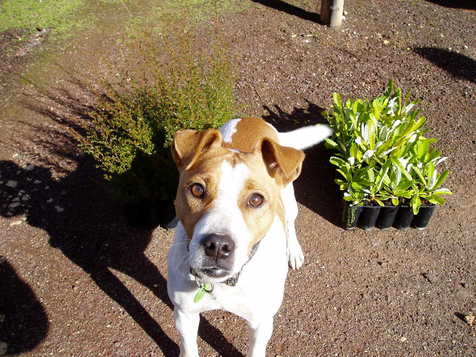
|
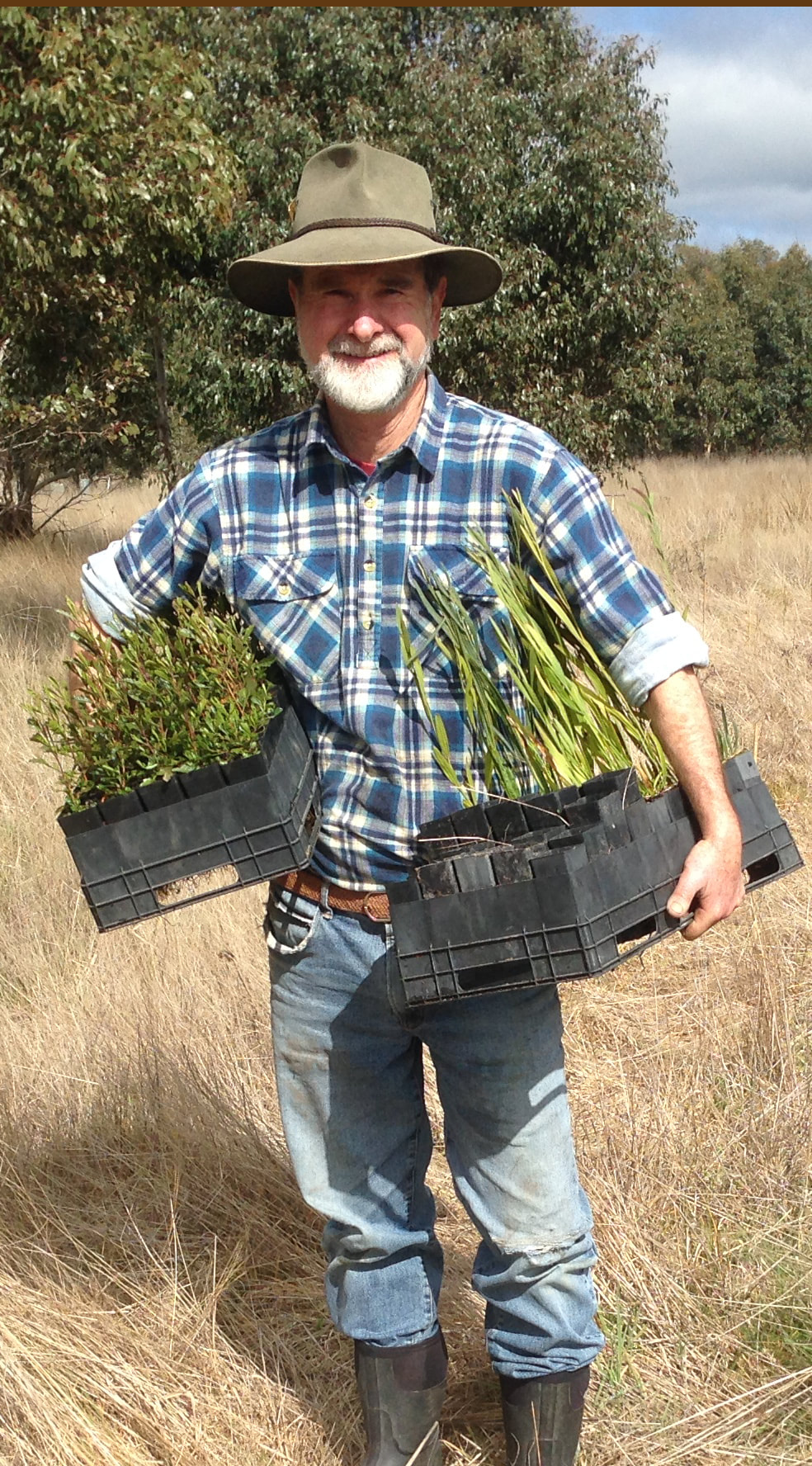

 RSS Feed
RSS Feed
